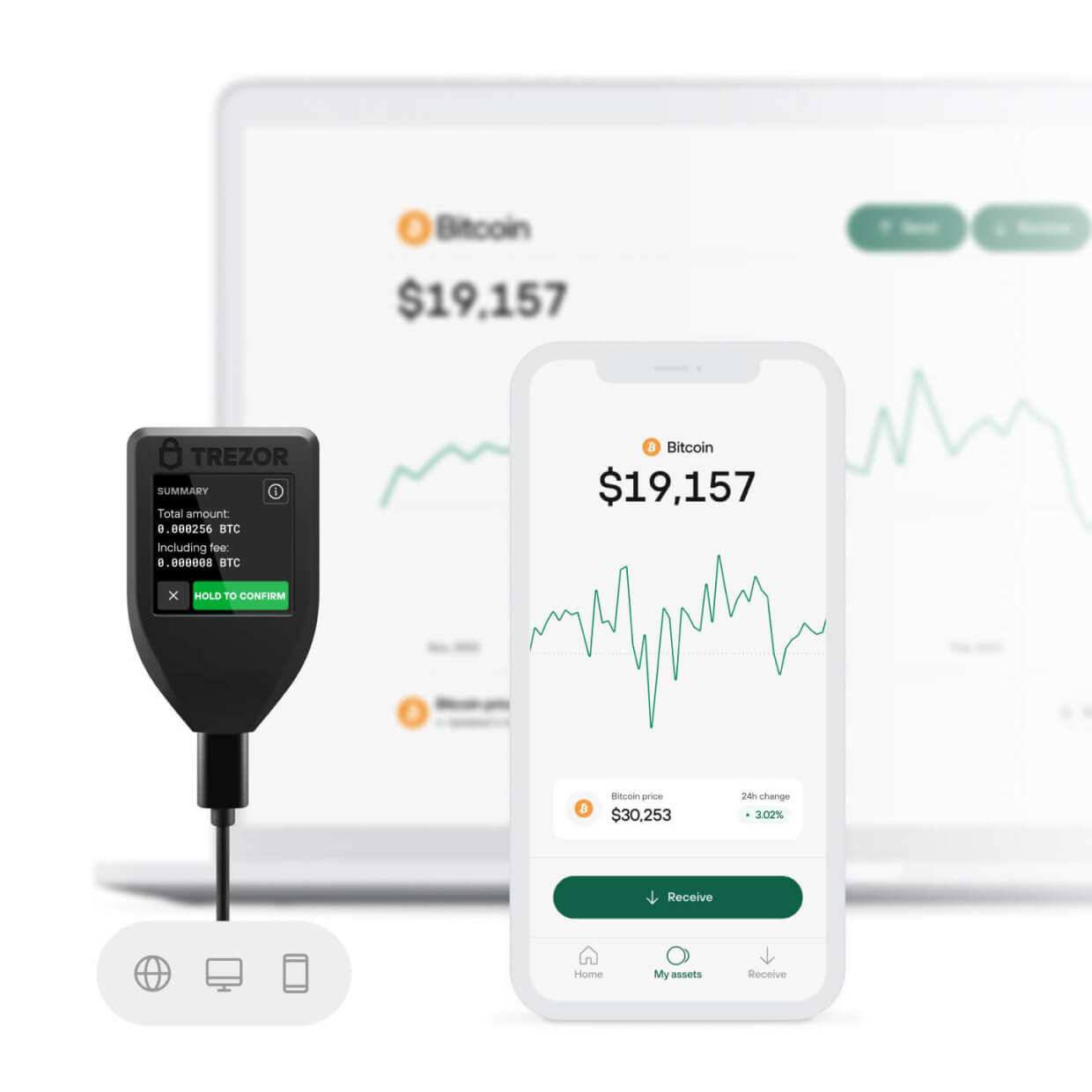CLICK on Image to go to BLOCKDAG site where you can download the smartphone mining app. CryptoRisingTide Referral Code: 8xkaWLxv
What is BlockDAG?
Before diving into BlockDAG miners, it’s important to understand what BlockDAG is. BlockDAG is a data structure that builds on the principles of blockchain but introduces a more flexible and scalable approach to organizing transactions. Unlike traditional blockchains, which arrange transactions in a linear sequence of blocks, BlockDAG allows multiple blocks to be created simultaneously and linked to multiple previous blocks, forming a directed acyclic graph (DAG) structure. This enables higher throughput, faster transaction confirmations, and improved scalability.
What is a BlockDAG Miner?
A BlockDAG miner is a specialized node or device that participates in the creation and validation of blocks within a BlockDAG network. Unlike traditional blockchain miners, which compete to add the next block to a single chain, BlockDAG miners work in parallel to create and link multiple blocks simultaneously. This parallel processing capability is what makes BlockDAG networks so efficient and scalable.
Key Functions of a BlockDAG Miner
- Block Creation: BlockDAG miners create new blocks by bundling transactions and linking them to multiple previous blocks in the DAG structure.
- Consensus Participation: Miners participate in the network’s consensus mechanism to validate transactions and ensure the integrity of the DAG.
- Transaction Propagation: Miners propagate newly created blocks and transactions across the network, ensuring all nodes have an up-to-date view of the DAG.
- Conflict Resolution: In cases of conflicting transactions (e.g., double-spending), miners help resolve disputes by following the network’s consensus rules.
How Does a BlockDAG Miner Work?
BlockDAG miners operate differently from traditional blockchain miners due to the unique structure of BlockDAG networks. Here’s a step-by-step breakdown of how they work:
1. Transaction Collection
The miner collects pending transactions from the network and bundles them into a new block.
2. Block Linking
Instead of referencing a single previous block (as in traditional blockchains), the miner links the new block to multiple previous blocks in the DAG.
3. Consensus Mechanism
The miner participates in the network’s consensus mechanism, which may involve Proof of Stake (PoS), Proof of Work (PoW), or other protocols, to validate the block.
4. Block Propagation
Once validated, the miner propagates the new block to other nodes in the network, ensuring the DAG remains synchronized.
5. Reward Collection
If the miner successfully creates and validates a block, they receive a reward in the form of the network’s native cryptocurrency.
Advantages of BlockDAG Mining
BlockDAG mining offers several advantages over traditional blockchain mining:
- Higher Efficiency: BlockDAG miners can process transactions in parallel, significantly increasing throughput and reducing confirmation times.
- Lower Energy Consumption: Many BlockDAG networks use energy-efficient consensus mechanisms like PoS, reducing the environmental impact of mining.
- Decentralization: BlockDAG’s structure promotes decentralization by allowing multiple miners to contribute to the network simultaneously.
- Scalability: BlockDAG miners enable networks to scale more effectively, handling a higher volume of transactions without congestion.
- Fairer Rewards: The parallel nature of BlockDAG mining reduces the likelihood of mining centralization, ensuring a more equitable distribution of rewards.











